Presented here is a shortcut to build your own bluetooth stereo audio adapter for listening ‘wire-free’ stereo music on the go! The one and only building block of this project is a Chinese bluetooth audio transfer module – the MH-M28. MH-M28 module is a low-power bluetooth system that supports the latest Bluetooth 4.2 transmission, offers lossless stereo audio playback, and handles bluetooth wireless transmission up to 20 meters when the module is connected to a mobile phone, television, or any other device that supports bluetooth audio transfer.
Quick Start
Just to set the module in operation, connect a stereo headphone to the 3.5mm stereo audio socket of the module, and plug the output cable of your usb power bank into the micro-usb socket of the module.
After the module is powered up, you can see you’re your mobile phone searches for the bluetooth name “MH-M28” and plays music if the bluetooth connection is established. Note that if the bluetooth connection is unavailable, blue indicator in the module flashes quickly but remains lit if a valid wireless link is there in between the module and the bluetooth appliance. When the bluetooth is playing, the indicator light flashes slowly.
Add a Battery
While travelling (or in a leisure time) you can ofcourse keep your mobile phone in a secure place and listen music if a power bank is available to run the module. However the module has an option to connect a single-cell (1S) Li-ion battery (3.7v/300mA minimum) through two header points. If a battery is there it’ll get charged through the usb power supply, and the module continue to run on battery when usb power input is removed. Internal schematic of the relevant portion (and a setup pointer) is given below. Note that there’s no dedicated Li-ion battery charger electronics available on board (it’s just a tricky recipe).
As you can see here, there’s no wrong polarity input protection mechanism across the VBAT terminals so take extreme care while connecting the battery because incorrect polarity will kill the module immediately. Another problem is the lack of a master power on/off switch which is really less favorable when you want to mount your module with battery inside an enclosure. Anyway if you have good dexterity you can cut the positive power track in the rear of the module to add an external power switch. Refer next image and bang on!
The MH-M38 Module
Let me introduce another powerful member of the family – the MH-M38 module which is very similar to M28 but with a stereo amplifier for driving loudspeakers. The additional stereo amplifier is based on two TC8871, the non-FM interference class AB/D audio power amplifier chip from Fuman Electronics, China.
Key features of TC8871 is included below:
- FM without interference, high efficiency, excellent sound quality
- High output power (THD + N <10%, 1KHz frequency):
- ESOP package for the 5W (2Ω load) and 3.5W (3Ω load), 3W (4Ω load)
- Power-down mode leakage current is small
- External adjustable gain, integrated feedback
- Wide operating voltage range of 2.0V ~ 5.0V
- Compatible with XS9871A, SC4871,TC8871, HXJ8002, SC8002B
Next is the application circuit diagram of TC8871 made up by the author. Thanks to the support from Shenzhen Fuman Electric Co. Ltd.
For the reason that there’re many drop-in replacements for TC8871, you may find audio ICs with other numbers in the same MH-M38 modules but sold by different sellers. It’s seemed that the most popular, pin-to-pin, alternative is XS9871A (next figure).
Conclusion
There’s a common thought that bluetooth audio will never be sweet as wired due to its compression methods, however that is not true. Now, some codecs allow for lossy, and others allow for completely lossless (nothing is lost and all are retained from the original) audio streaming. By definition, lossless means an audio file that typically has a high bitrate and comes in a variety of formats such as FLAC, WAV, or ALAC.
If you know what you are doing, these modules are good just for the fun, but do not expect to learn/hack anything. It’s good for someone just wants to make an inexpensive stereo bluetooth headset and/or stereo bluetooth speaker. The modules, centered on customized chips, are available without concise user guides on how to play with them up. But now I think you learned many things from this article, and you may now know how to properly hook them up. Enjoy!

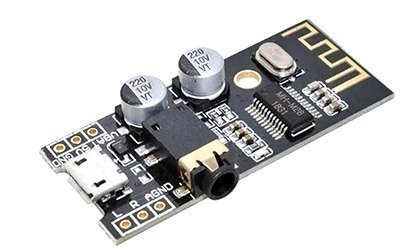
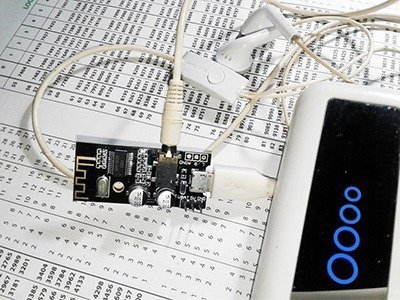
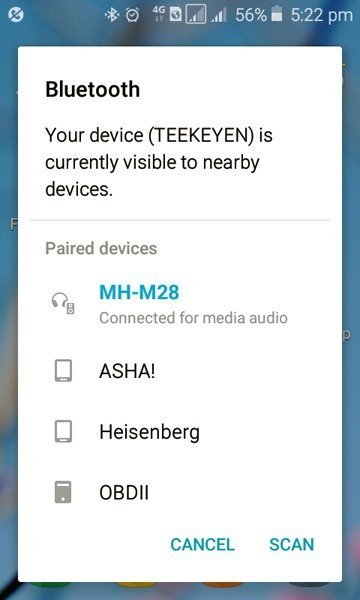
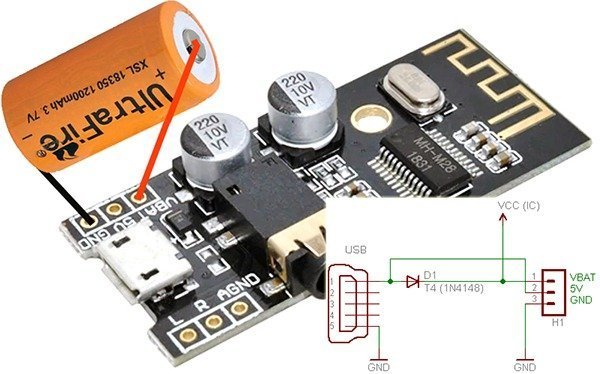
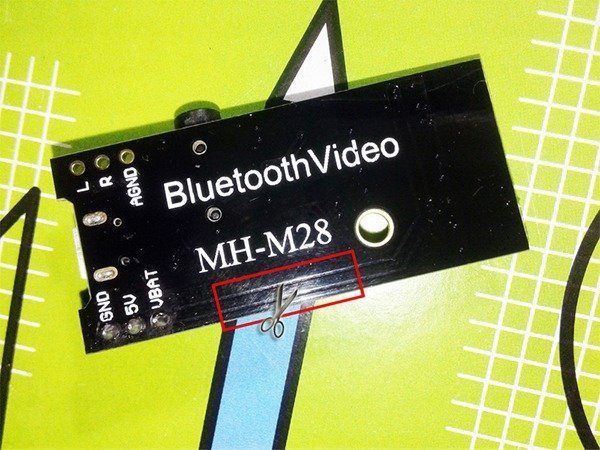
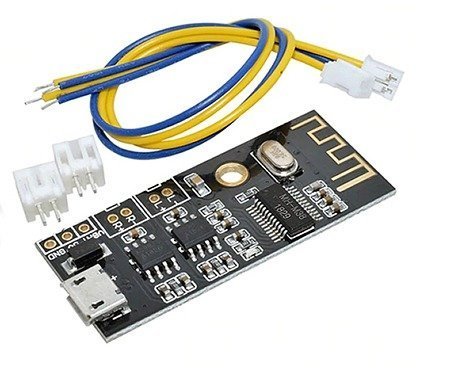
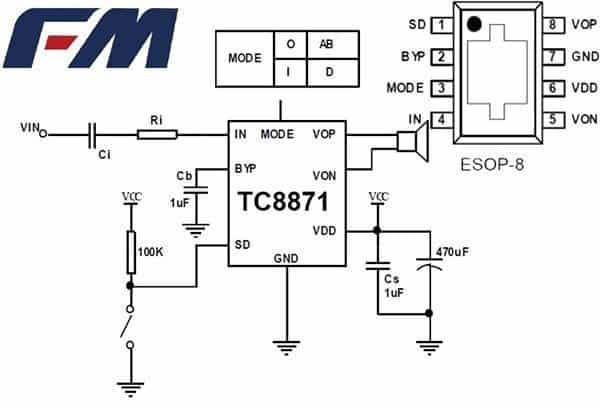
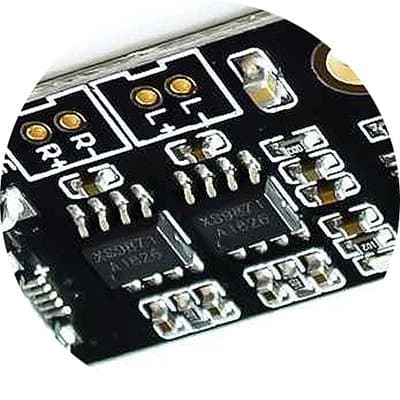
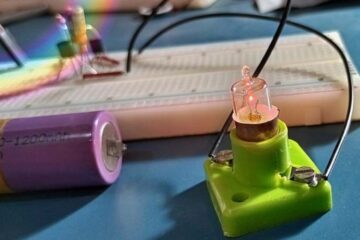
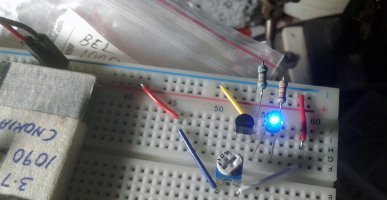
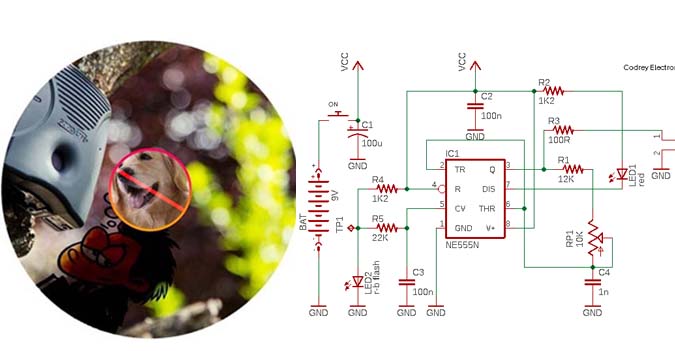
can you please help me to describe , how i can make a bluetooth audio reciever using m28 module….how can i add the battery to this module
Shatirtho: You can make your M28 bluetooth audio receiver, and add a battery to it simply by following the instructions posted here. Everything essential is already explained in this post. If you still think you need more details,then define clearly!
Be careful you cannot use Battery and Power supply 5v at the same time since you may blow up the battery
Dan Le: As commonly being found in most Chinese modules, this one also has a regular diode between the power source and battery. So a “protected” 1S lithium-ion battery (3.7V-4.2V) can be crudely charged through that simple setup!
Anyway, note that you must use a protected li-ion battery as there’s no lithium battery protection circuit built-in.
And, here’s the MH-M38 manual https://manuals.plus/wingoneer/wingoneer-mh-m38-wireless-bluetooth-mp3-audio-receiver-board-manual
Thanks 👍
I have the M38 module and was going to make a small bluetooth speaker using 2 x 4ohm (40mm) speakers. The problem is that when the volume is turned up on my iPhone the speakers keep cutting out. I notice on the board they don’t have the 470uF capacitor by the amp IC that is recommended, but if I put one there, as soon as the music gets to a loud or bass section, the entire module turns off and then back on again. Is there a power issue on these boards? Does the main bluetooth IC need a larger capacitor? The trouble is, I think the amp ICs and the bluetooth IC share the same VCC and VSS, so adding a large cap near each chip is basically putting them all in parallel.
Any ideas
The datasheet mentions that it needs 5 Volt 2 Ampere power supply.
So that might be why it resets if you draw too much current for amplifiers with high volume. Try with a higher ampere power supply.
Why do u need to cut the track on the PCB?
Simply wire up the battery through a switch, although this will allow the charging only when module is powered on.
Csaba Horváth: Not a good idea! If so, the Bluetooth chip will work all the time even when you only want to recharge the battery. Remember, often we may need to do it without turning the module on!
I have a MH-M38 module. The current consumption of the MH-M38 chip alone is 14.5mA (when there is a Bluetooth connection) . When there is no Bluetooth connection the current is still not low. I can mute the TC8871 amplifier chip separately by pulling pin 1 to 3.7V. Than the current from the TC8871 chip is 0mA. Is it possible to mute the MH-M38 Bluetooth chip also?
Albert: Sadly, MH-M38 doesn’t have a mute interface.
As we can see in the specification chart, its stand-by current is around 5.5mA, and working current is around 20mA.
See http://www.katranji.com/tocimages/files/454321-263512.pdf
BTW, MH-M18 features a mute control terminal. Note that the MH-M18 modules come with two different (but technically identical) ICs; MH-M18 and JL AS208PO1429-25C4.
Thanks!
The site I purchased this from just said its a bluetooth 4.2 module. It made no mention of inbuilt amp.
THe last thing I want is to route my music via a class D amp. After spending a fortune to build a class A amp.
So my idea is to bypass the amp all together And use it just as a blue tooth module.
Any ideas or thoughts ?
Ron: The MH-M28 does not have an inbuilt audio amplifier circuitry, so you need to route its output to a Class D stereo amplifier to hear louder audio through external loudspeakers.
I have successfully tested this idea using the cheapo PAM8403 module (https://www.amazon.com/PAM8403-Channel-Digital-Amplifier-Potentionmeter/dp/B01MYTZGYM).
BTW if you do not want to add an external amplifier module, you can use any suitable stereo headphone to listen the music. It’s up to you. Thanks!
The MH-M28 chip itself, besides bluetooth input, also has USB data input capability, but the pcb traces have not been made. I soldered 2 fine enamelled wires from USB D- to pin 3 of the MH-M28, and from USB D+ to pin 4 of the MH-M28, and now have USB music input. The MH-M28 goes into USB mode once USB is connected, same as the MH-M38.
Ian Awesone: Noted. I know pin 3 of MH-M38 is USB D- pin and pin 4 is D+ pin but not sure about MH-M28. Can you please share the datasheet of MH-M28 chip? Thanks for your comment.